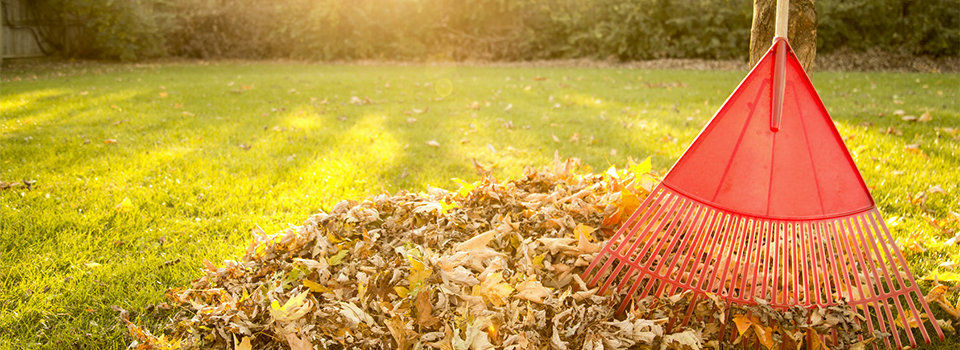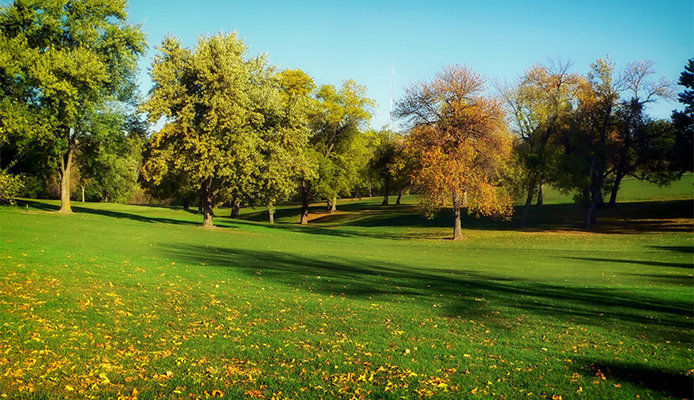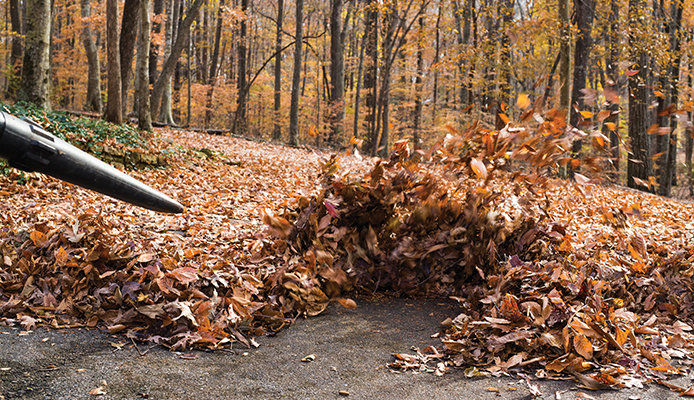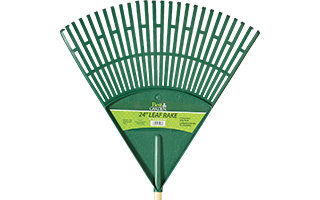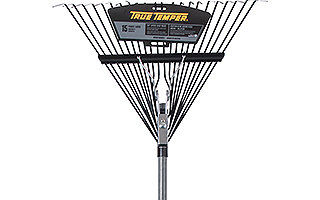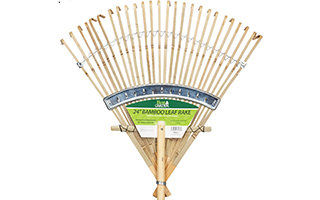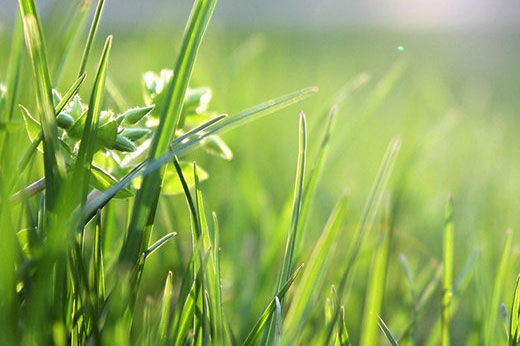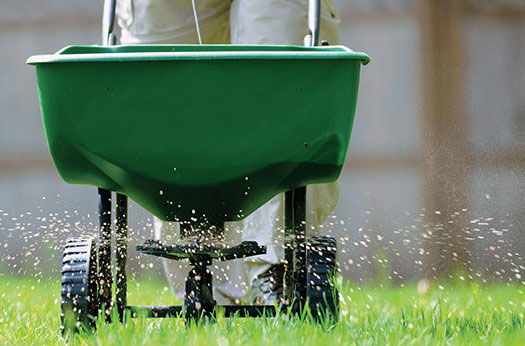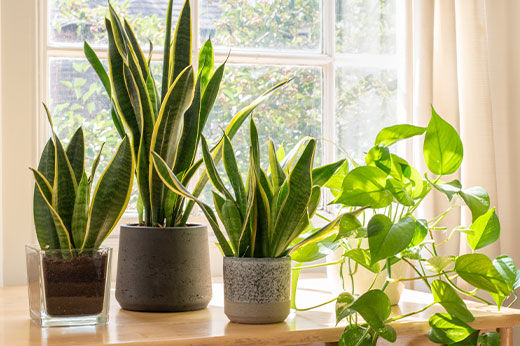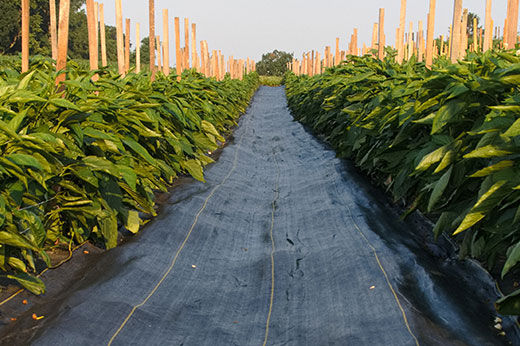Plastic rakes generally have a lower starting price than metal rakes, making them a bit more economical to buy. These rakes are typically lighter than their metal counterparts, which makes a big difference when wielding it for hours at a time. Plastic rakes can have a long life, but don’t deal with exposure to the elements well and will get brittle over time.
2. Start Early
It is best to start leaf clean up early in the season as this will allow for many small cleanups rather than tackling one large mountainous leaf project. Depending upon the amount of leaves in your area, you can utilize your lawn mower to mulch the leaves into the turf of the grass. If there are too many leaves to mulch into the turf, use the bagger attachment on your mower. The bagger attachment will allow you to tackle two jobs simultaneously - mowing and picking up leaves.
